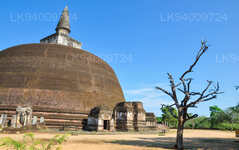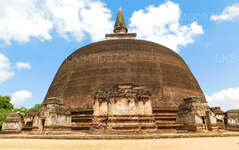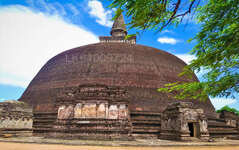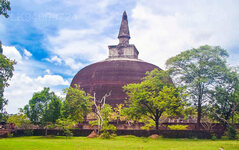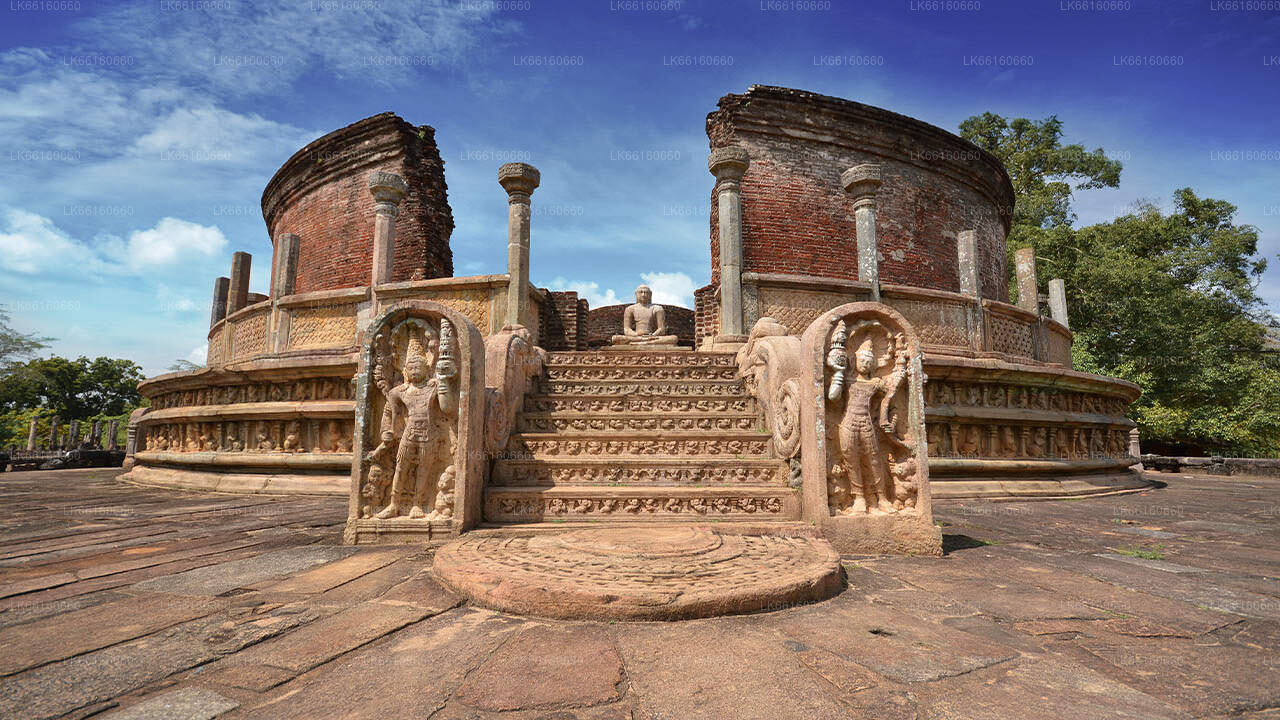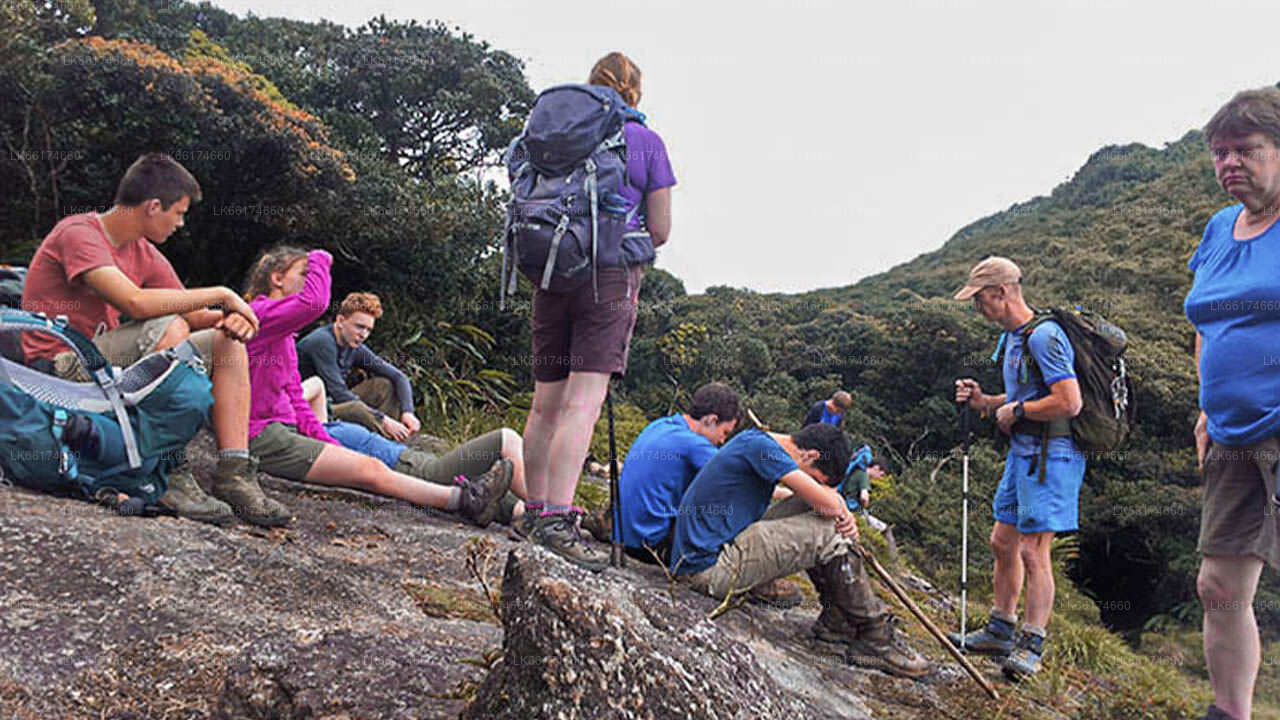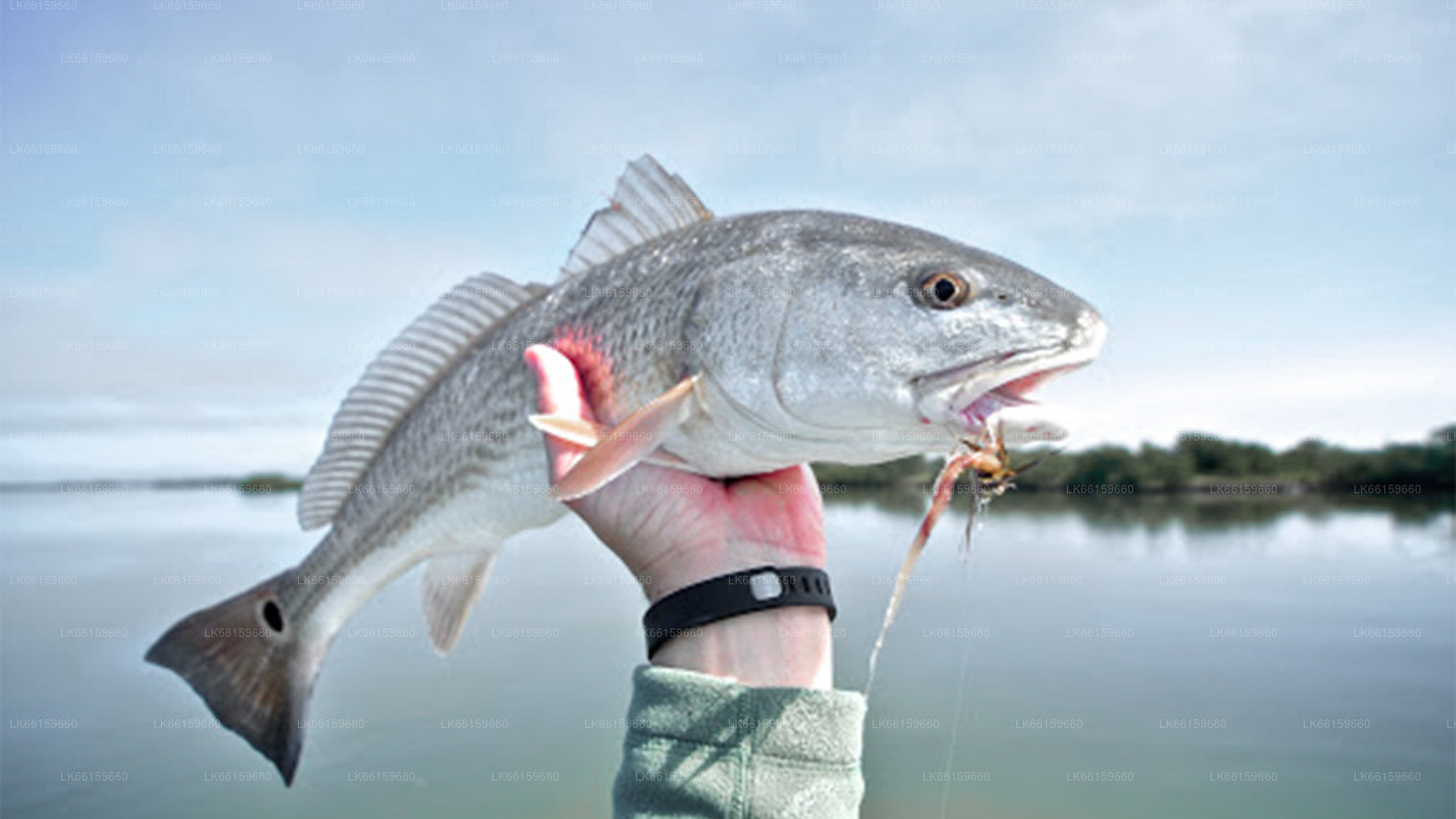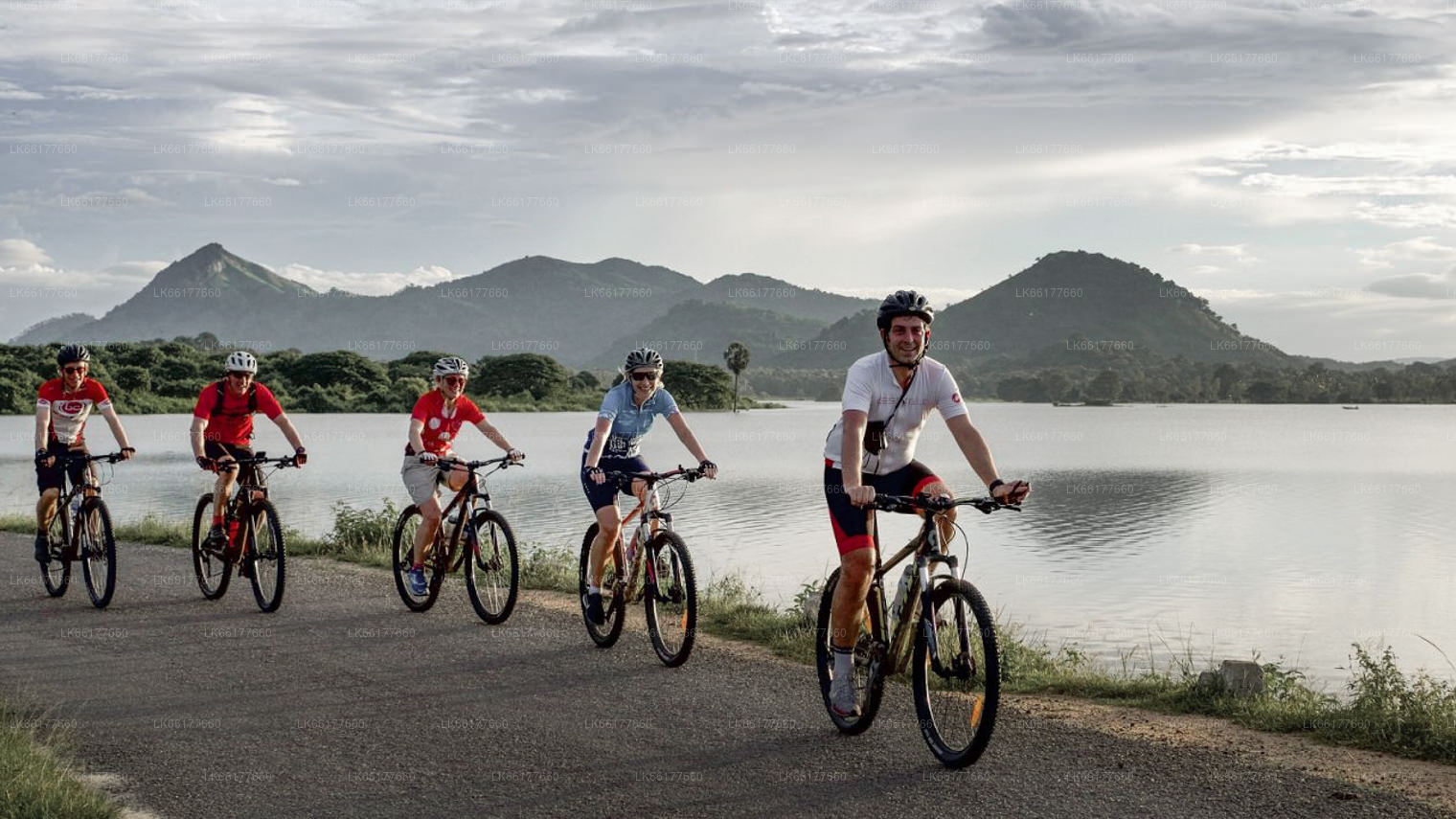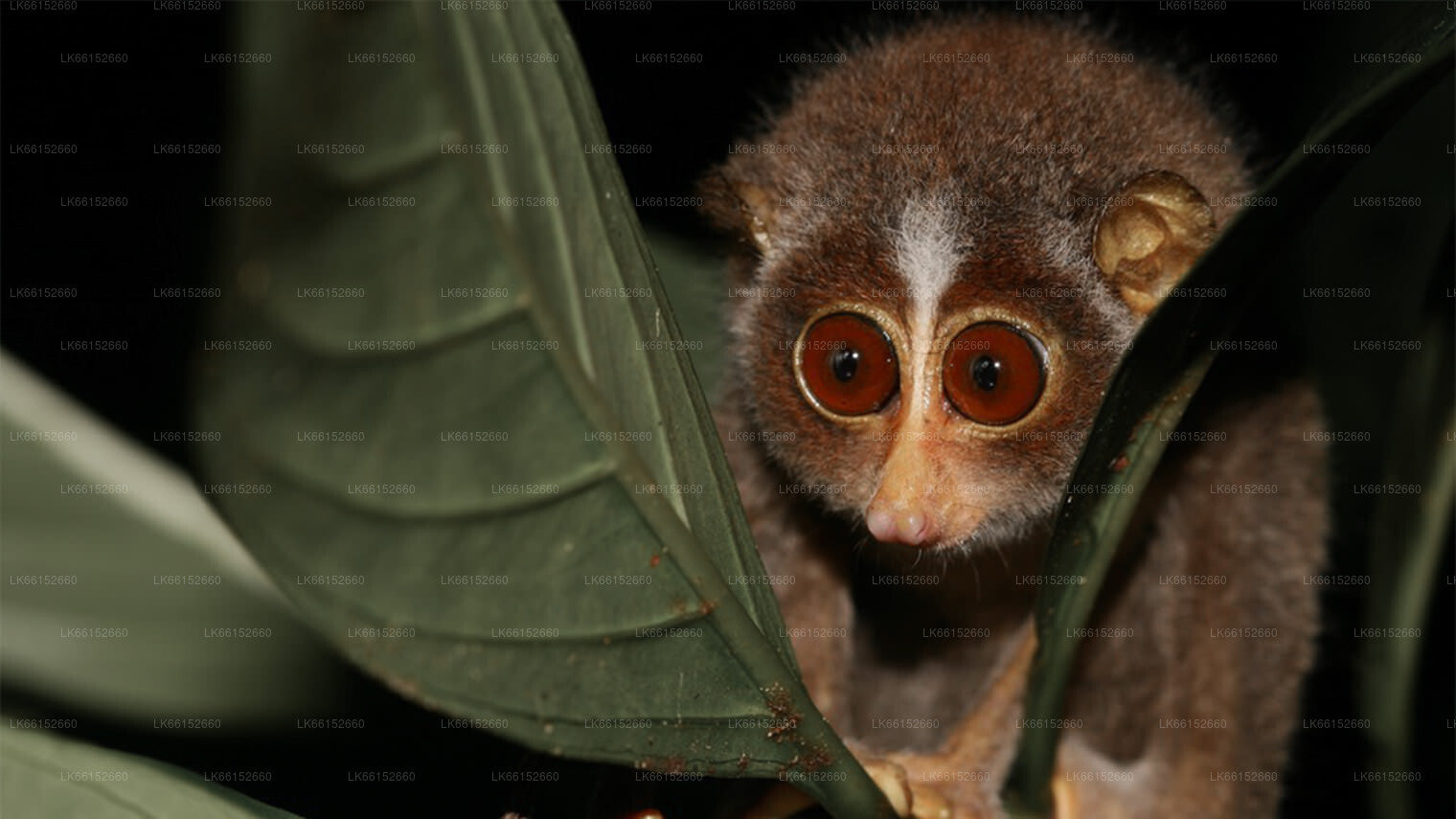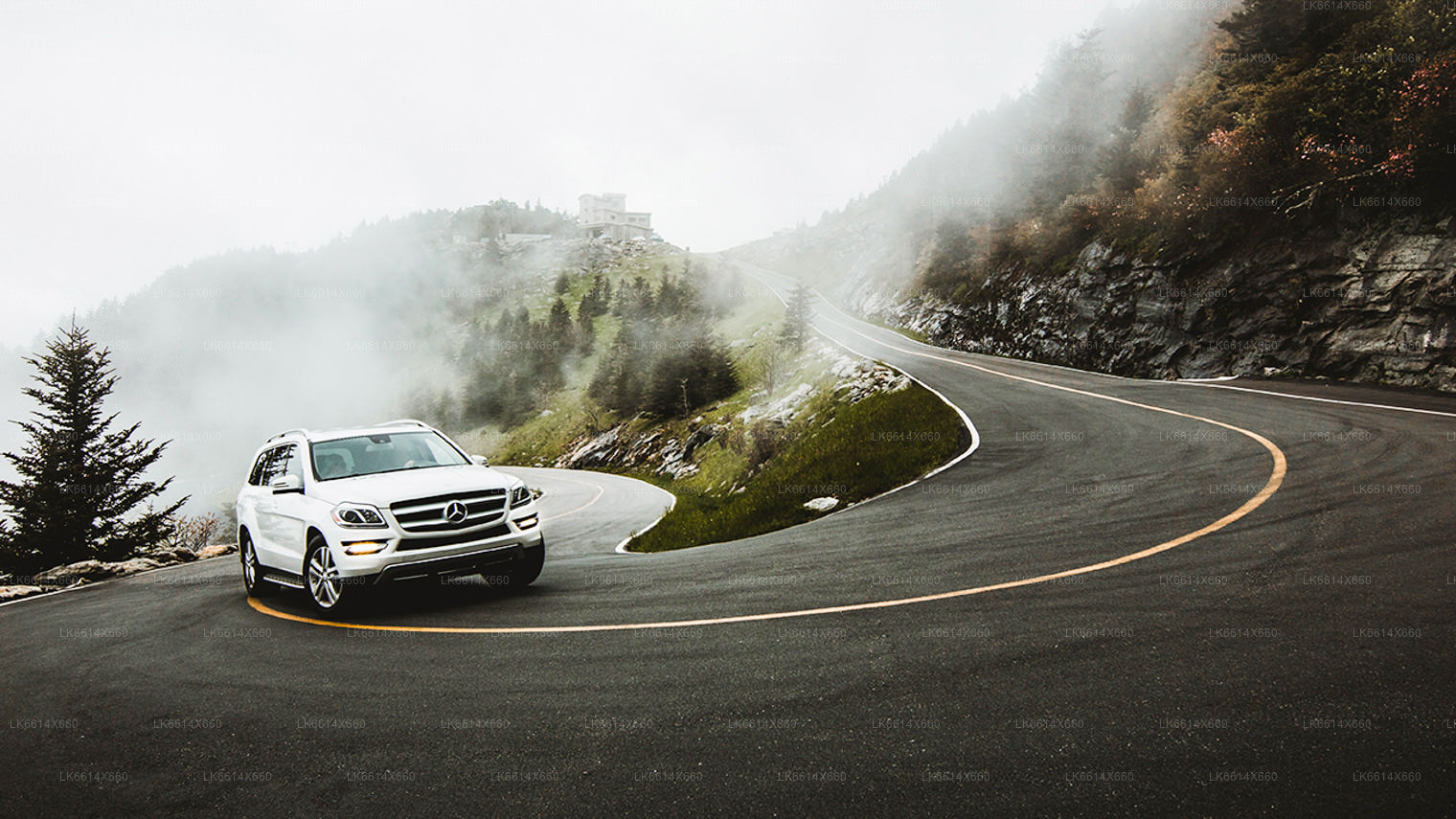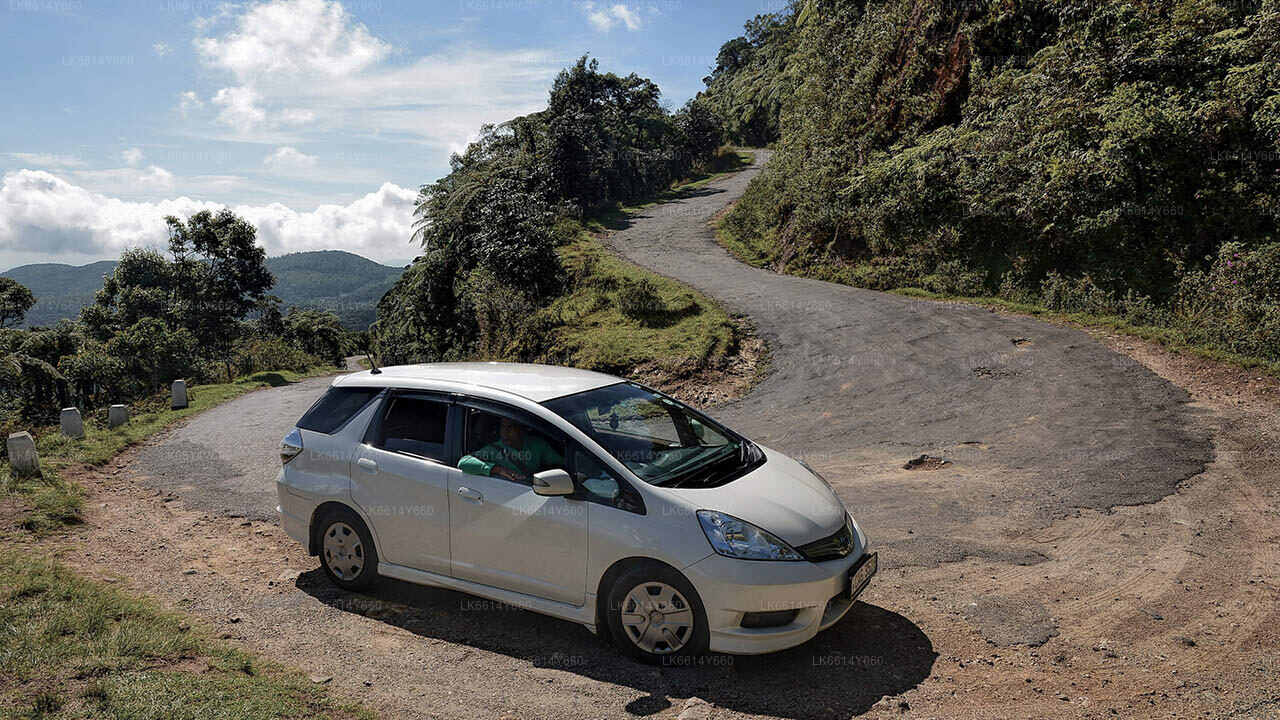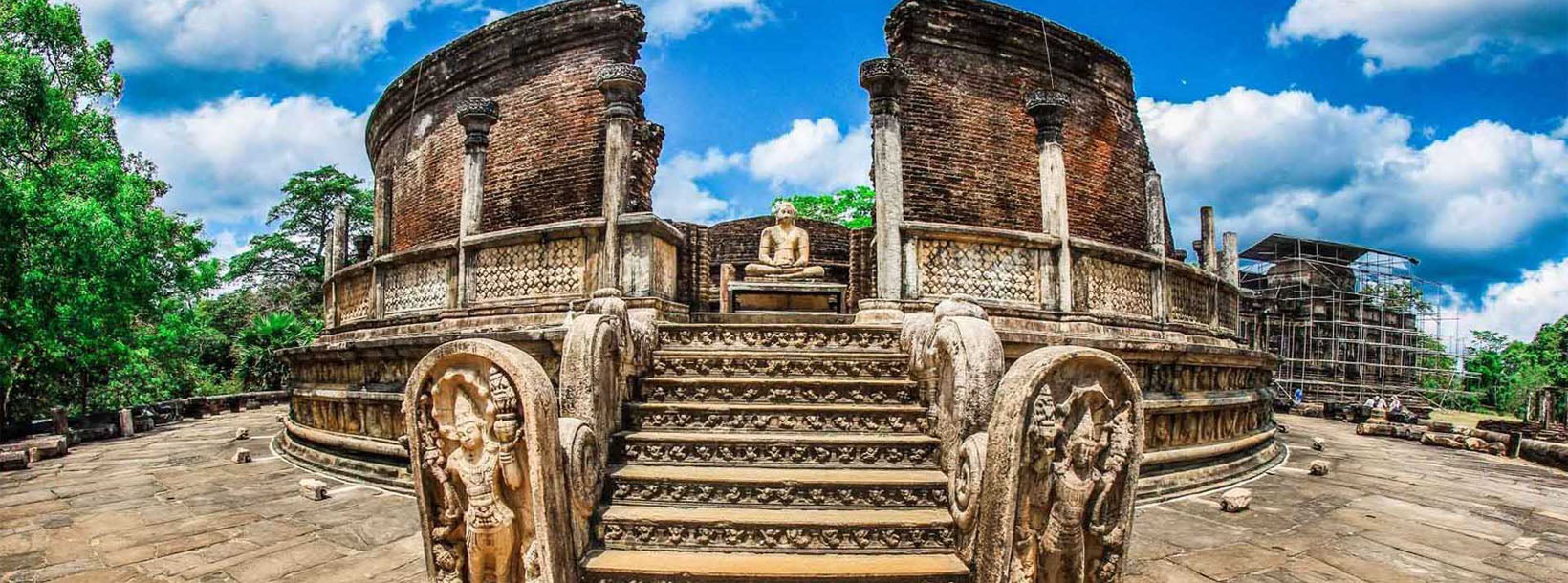
Miasto Polonnaruwa
Polonnaruwa, wpisana na Listę Światowego Dziedzictwa UNESCO na Sri Lance, była średniowieczną stolicą kraju (XI-XIII wiek). Słynie z dobrze zachowanych ruin, w tym kultowych posągów Gal Vihara, i zachwyca imponującą architekturą, odzwierciedlającą wielkość starożytnej cywilizacji syngaleskiej.
Rankoth Vehera


Rankoth Vehera in Sri Lanka: Stupa with the Golden Pinnacle
Polonnaruwa was the second kingdom of the ancient kings of Sri Lanka, after the kingdom of Anuradhapura. Following the older tradition of the kings of the first kingdom, the Polonnaruwa kings too saw fit to leave their footprints in the form of stupas built during their times of reign. The stupas were usually different from in design from those of the Anuradhapura kings and followed a style unique to Polonnaruwa, but there were a few exceptions.Rankoth Vehera in Sri Lanka: Resembling Ruwanwelisaya
Ruwanweli is a stupa built by the king Nissanka Malla who ruled Polonnaruwa (AD 1187 – 1196). It was constructed in the style of the original Anuradhaphura Maha Vihara monastery stupas, bearing a close resemblance to one of the most famous stupas of Sri Lanka – ‘Ruwanwelisaya’. The original name of the stupa indicates that perhaps this resemblance was intentional. However the name was changed later on to ‘Rankoth Vehera’. ‘Ran’ means gold, and ‘koth’ is the word used for the pinnacle of a stupa in the Sinhalese language. Hence Rankoth Vehera approximates in English to ‘Stupa with the Golden pinnacle’. Rankoth Vehera is one of the most well-known and revered stupas of the Polonnaruwa era.
Rankoth Vehera in Sri Lanka: 10 Things You Should know about Rankoth Vehera
- Brick was the only construction material used in the entire stupa.
- Rankoth Vehera’s circular base has a diameter of approximately 170m (550 feet) and a height of approximately 33m (108 feet) at the tip of the stupa.
- However, renovation was carried out on the upper portion of Rankoth Vehera by later rulers changing the height of the structure. Research has shown that the original height of the stupa may have been as great as 200 feet (61m).
- Even after the drastic decrease Rankoth Vehera remains the largest stupa in Polonnaruwa, and the fourth largest in the country.
- Rankoth Vehera has four Vahalkadas supporting the weight of the stupa, which are also made of brick.
- The entire stupa lies in the center of a large square terrace that is surrounded by a brick wall.
- The terrace has four entrances in the directions of the four cardinal points, with sand paths leading up to them.
- It is inscribed on a stone close to one of the entrance that King Nissanka Malla watched over and supervised the construction of the stupa.
- The inscription also mentions that he worshiped the stupa from a stone platform.
- This platform can be found at a corner of the terrace on which the stupa is placed.
Polonnaruwa, along with Anuradhapura, has a literal treasure trove of well-preserved historical places to visit, such as Rankoth Vehera.
O dystrykcie Polonnaruwa
Polonnaruwa to drugie co do wielkości miasto w północno-środkowej prowincji Sri Lanki. Starożytne miasto Polonnaruwa zostało wpisane na Listę Światowego Dziedzictwa UNESCO. Polonnaruwa ma bogatą historię podbojów i walk, słusznie stanowiąc trzeci element Trójkąta Kulturowego. Położone około 140 km na północny wschód od Kandy, Polonnaruwa oferuje godziny niekończącej się przyjemności dla miłośników historii i kultury, oferując liczne zabytki o znaczeniu historycznym.
O dystrykcie Polonnaruwa. Polonnaruwa to drugie co do wielkości miasto w północno-środkowej prowincji Sri Lanki. Starożytne miasto Polonnaruwa zostało wpisane na Listę Światowego Dziedzictwa UNESCO i szczyci się bogatą historią podbojów i walk, stanowiąc słusznie trzeci element Trójkąta Kulturowego. Polonnaruwa, położona około 140 km na północny wschód od Kandy, oferuje godziny niekończącej się przyjemności dla miłośników historii i kultury, oferując liczne zabytki o znaczeniu historycznym. Wiele z zachowanych do dziś ruin przypisuje się królowi Parakrama Bahu I, który przeznaczył ogromne środki królewskie na planowanie urbanistyczne, w tym parki, budynki, systemy nawadniające itp. Okres jego rządów uważany jest za złoty wiek, w którym królestwo rozkwitało i prosperowało pod rządami wizjonerskiego władcy. Parakrama Samudra to ogromny zbiornik wodny, nazwany na cześć swojego patrona. Popularny Pałac Królewski, Sala Audiencyjna otoczona pięknie rzeźbionymi kamiennymi słoniami oraz Basen Kąpielowy odzwierciedlają najwyższy poziom inżynierii tamtych czasów. O Prowincji Północno-Centralnej: Prowincja Północno-Centralna, największa prowincja w kraju, zajmuje 16% całkowitej powierzchni kraju. Prowincja Północno-Centralna składa się z dwóch dystryktów: Polonnaruwa i Anuradhapure. Anuradhapura jest największym dystryktem na Sri Lance. Jej powierzchnia wynosi 7128 km². Prowincja Północno-Centralna oferuje liczne możliwości dla inwestorów, którzy chcą rozpocząć działalność gospodarczą, zwłaszcza w rolnictwie, przemyśle rolno-spożywczym i hodowli zwierząt. Ponad 65% mieszkańców Prowincji Północno-Centralnej utrzymuje się z rolnictwa i przemysłu rolno-spożywczego. Prowincja Północno-Centralna (NCP) jest również nazywana „Wew Bendi Rajje”, ponieważ w prowincji znajduje się ponad 3000 średnich i dużych zbiorników. Sri Maha Bodiya, Ruwanweli seya, Thuparama dageba, Klasztor Abayagiri, Polonnaruwa Rankot wehera, Lankathilake boją się
O prowincji północno-centralnej
Prowincja Północno-Centralna, największa prowincja w kraju, zajmuje 16% całkowitej powierzchni kraju. Prowincja Północno-Centralna składa się z dwóch dystryktów: Polonnaruwa i Anuradhapure. Anuradhapura jest największym dystryktem na Sri Lance. Jego powierzchnia wynosi 7128 km².
Prowincja Północno-Centralna oferuje liczne możliwości dla inwestorów, którzy chcą rozpocząć działalność gospodarczą, zwłaszcza w rolnictwie, przemyśle agrotechnicznym i hodowli zwierząt. Ponad 65% mieszkańców prowincji Północno-Centralnej utrzymuje się z rolnictwa i przemysłu agrotechnicznego. Prowincja NCP jest również nazywana „Wew Bendi Rajje”, ponieważ w prowincji znajduje się ponad 3000 zbiorników średniej i dużej wielkości. Sri Maha Bodiya, Ruwanweli Seya, Thuparama Dageba, klasztor Abayagiri, Polonnaruwa Rankot Wehera i jezioro Lankathilake są zagrożone.

